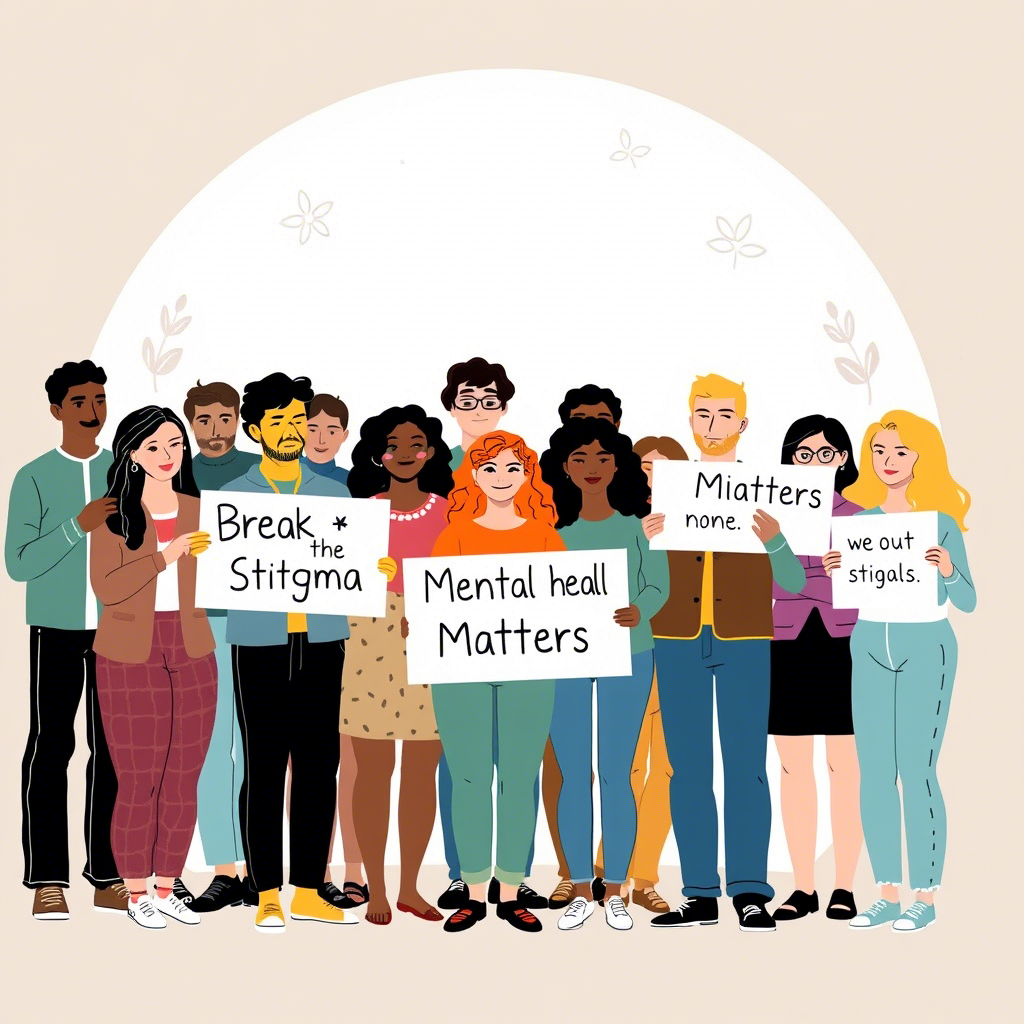Silent Stigma is a epidemic, woven into the fabric of human interaction. It thrives not in isolation but through collective approval, whispered judgments, and systemic indifference.
Read Also: Job Opportunities In Computer Field
From mental health struggles to racial biases, society acts as both architect and enforcer of stigma, shaping perceptions that marginalize individuals and communities. But how exactly does society cultivate silent stigma? And can we dismantle its corrosive influence? This article explores the mechanisms through which society creates, sustains, and—hopefully—can dismantle stigma.
Understanding Stigma: The Invisible Chains
What Is Stigma?
Stigma is a mark of disgrace, a label that reduces a person’s identity to a single, often negative, trait. It’s not just an individual act of prejudice; it’s a social phenomenon. Sociologist Erving Goffman described stigma as a “spoiled identity,” where society devalues someone based on perceived differences. These differences could relate to health, race, gender, sexuality, or socioeconomic status.
How Society Creates Silent Stigma
Silent Stigma is not innate—it’s learned. From childhood, we absorb societal norms through family, education, media, and religion. For example:
- Language: Terms like “crazy” or “addict” reduce complex human experiences to caricatures.
- Stereotypes: Media tropes (e.g., the “dangerous” mentally ill person) reinforce fear.
- Inaction: Silence toward discrimination normalizes exclusion.
The Historical Roots of Stigma
Tradition and Fear of the “Other”
Historically, stigma served as a tool for social control. Ancient societies ostracized individuals with illnesses to protect the group. The leper colonies of the Middle Ages or the branding of “witches” illustrate how fear of the unknown fueled dehumanization. These practices weren’t just about survival—they reinforced power hierarchies.
Religion and Morality
Many stigmas are rooted in moral judgments. Religious doctrines have often labeled behaviors like addiction or homosexuality as “sins,” conflating morality with health or identity. This legacy persists; for instance, 64% of Americans still view addiction as a moral failing rather than a health issue.
Modern Amplifiers of Stigma
Media: The Double-Edged Sword
Media shapes public opinion, often amplifying stigma:
- Sensationalism: News outlets disproportionately link mental illness to violence.
- Underrepresentation: Minority groups are erased or stereotyped in film and TV (e.g., LGBTQ+ characters as punchlines).
Yet, media can also challenge stigma—shows like Euphoria humanize addiction, while campaigns like #MeToo redefine victim-blaming narratives.
Social Media: Viral Judgment
Platforms like Twitter and TikTok democratize voices but also enable cyberbullying and cancel culture. Algorithms prioritize outrage, turning personal struggles into public spectacles. A 2021 study found that 42% of LGBTQ+ youth reported online harassment tied to their identity.
Institutional Complicity
Laws and policies often codify stigma:
- Healthcare Bias: Racial minorities receive less pain medication due to stereotypes about drug-seeking.
- Workplace Discrimination: Only 19% of employers hire people with visible disabilities, perpetuating economic marginalization.
Case Studies: Stigma in Action
Mental Health: The “Weakness” Myth
Despite progress, mental health stigma remains pervasive. A 2023 survey found that 60% of employees hide anxiety or depression from employers fearing career repercussions. Society equates mental illness with fragility, ignoring its biological roots.
Racial Stigma: The Weight of Stereotypes
Systemic racism embeds stigma in everyday life. Black men are 2.5x more likely to be killed by police, a statistic tied to the “threatening” stereotype. Microaggressions—like clutching a purse when someone walks by—reinforce this dehumanization.
Gender and Sexuality: Policing Identity
Transgender individuals face stigma in healthcare, employment, and public spaces. Laws banning gender-affirming care or drag performances signal societal rejection, leading to disproportionate suicide rates.
Breaking the Cycle: Society’s Role in Eradicating Stigma
Education: Rewriting Narratives
Schools and media literacy programs can dismantle myths. For example:
- Teaching children about neurodiversity.
- Highlighting historical figures who challenged stigma (e.g., Rosa Parks, Marsha P. Johnson).
Policy: Laws as Tools of Change
Legislation can enforce equity:
- The Americans with Disabilities Act (ADA) mandates workplace accommodations.
- New Zealand’s ban on LGBTQ+ conversion therapy (2022) protects vulnerable youth.
Grassroots Movements: Power in Community
Movements like #BlackLivesMatter and #StopAsianHate reclaim narratives. Peer support groups—from Alcoholics Anonymous to LGBTQ+ centers—create safe spaces for healing.
FAQ: Untangling Common Questions
Q: Can stigma ever be completely eradicated?
A: Likely not entirely—human societies will always grapple with “othering.” However, systemic efforts can reduce its harm.
Q: How does stigma affect physical health?
A: Stigma induces chronic stress, linked to hypertension, weakened immunity, and shorter lifespans. Marginalized groups often avoid healthcare due to fear of judgment.
Q: What can I do to combat stigma?
A: Listen to marginalized voices, challenge biased language, support inclusive policies, and educate yourself.
Q: Is self-stigma real?
A: Yes. Internalized stigma (e.g., believing you’re “weak” for needing therapy) can be as damaging as societal judgment.
Conclusion: A Collective Reckoning
Stigma is a mirror reflecting society’s fears and biases. Yet, just as society built these walls, it can tear them down. Through education, policy, and empathy, we can transform stigma from a tool of exclusion into a relic of the past. The journey is long, but every voice that challenges a stereotype, every law that protects the vulnerable, and every story that humanizes the “other” brings us closer to a world where dignity isn’t a privilege—it’s a promise.

